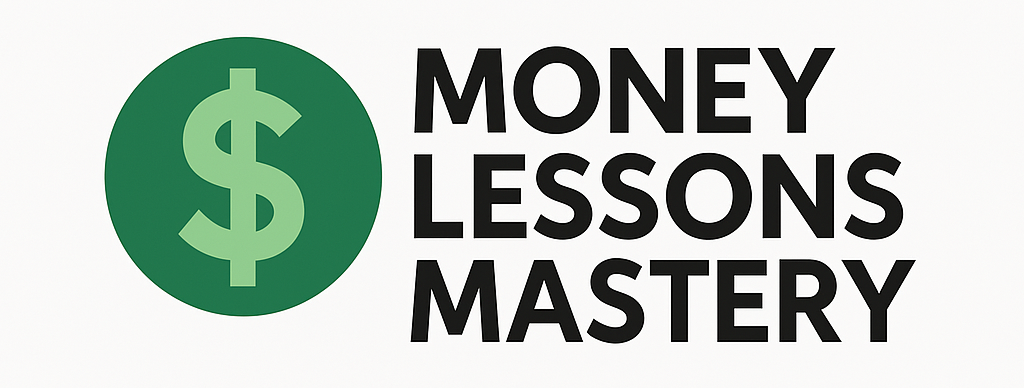Applying for a loan can feel like an overwhelming task, especially if it’s your first time. Whether you’re looking to finance a car, consolidate debt, or secure a mortgage, understanding each step of the loan application process can help you feel more confident and increase your chances of approval. Here’s a step-by-step guide to help you navigate the process smoothly.
1. Know Why You Need the Loan
Before applying, it’s important to clearly understand the purpose of the loan. Different loans serve different needs, and lenders will want to know how the funds will be used.
- Personal Loans: Typically used for expenses like medical bills, home repairs, or debt consolidation.
- Auto Loans: Specifically for purchasing new or used vehicles.
- Home Loans: Used to buy, refinance, or take equity out of your home.
Matching your purpose to the appropriate loan type helps streamline the application and improves your chance of approval.
2. Check Your Credit Score
Your credit score is one of the first things lenders will look at. It influences both your approval and the interest rate you’ll receive.
- Excellent (720+): You’re likely to get the best rates and terms.
- Good (660–719): You’ll have a solid chance at approval with favorable terms.
- Fair or Poor (below 660): You may still qualify, but terms may be less favorable.
Check your credit score before applying and, if needed, take steps to improve it by paying down debt or correcting errors on your credit report.
3. Evaluate Your Financial Situation
Lenders want to ensure you can repay the loan, so it’s essential to assess your own ability to handle new debt.
- Calculate Your Debt-to-Income Ratio (DTI): This ratio compares your monthly debt payments to your monthly income. Most lenders prefer a DTI below 36%.
- Create a Budget: Estimate how much you can afford to borrow and repay each month based on your current expenses and income.
4. Compare Lenders and Loan Options
Don’t accept the first loan offer you receive. Shopping around lets you compare rates, fees, and terms.
- Banks and Credit Unions: May offer competitive terms, especially if you have an existing relationship.
- Online Lenders: Often provide a fast application process and flexible approval criteria.
- Peer-to-Peer Lenders: Can be a good option if you have a non-traditional credit background.
Always review the annual percentage rate (APR) to understand the true cost of the loan, including interest and fees.
5. Gather Required Documentation
When you’re ready to apply, having all necessary documents on hand can speed up the process. While document requirements may vary, most lenders will ask for:
- Government-issued photo ID
- Proof of income (pay stubs, tax returns, or bank statements)
- Employment verification
- Proof of residence (utility bills or lease/mortgage statements)
Organizing your paperwork in advance shows the lender that you’re prepared and reliable.
6. Submit Your Application
Once you choose a lender and gather your documents, it’s time to apply. Applications can usually be submitted online, in person, or over the phone.
Provide accurate, complete information to avoid delays. You may get a preliminary decision within minutes or a few days, depending on the lender and type of loan.
7. Review and Accept the Loan Offer
If approved, you’ll receive an official loan offer outlining the terms. Carefully review the details:
- Interest rate and APR
- Monthly payment amount
- Loan term (length)
- Fees and penalties
Don’t be afraid to ask questions. Once you’re comfortable, sign the agreement to finalize the loan.
8. Receive Funds and Begin Repayment
After signing, funds are typically disbursed into your bank account within a few business days. Be sure to:
- Use the money as intended
- Track your repayment schedule
- Set up automatic payments to avoid missed due dates
Repaying on time helps maintain your credit score and builds a positive account history with your lender.
Final Thoughts
Understanding the loan application process is key to making informed financial decisions. By doing your research, assessing your financial situation, and choosing the right lender, you can secure the funds you need with confidence. Remember, preparation and responsibility go a long way in turning a loan into a valuable financial tool.
